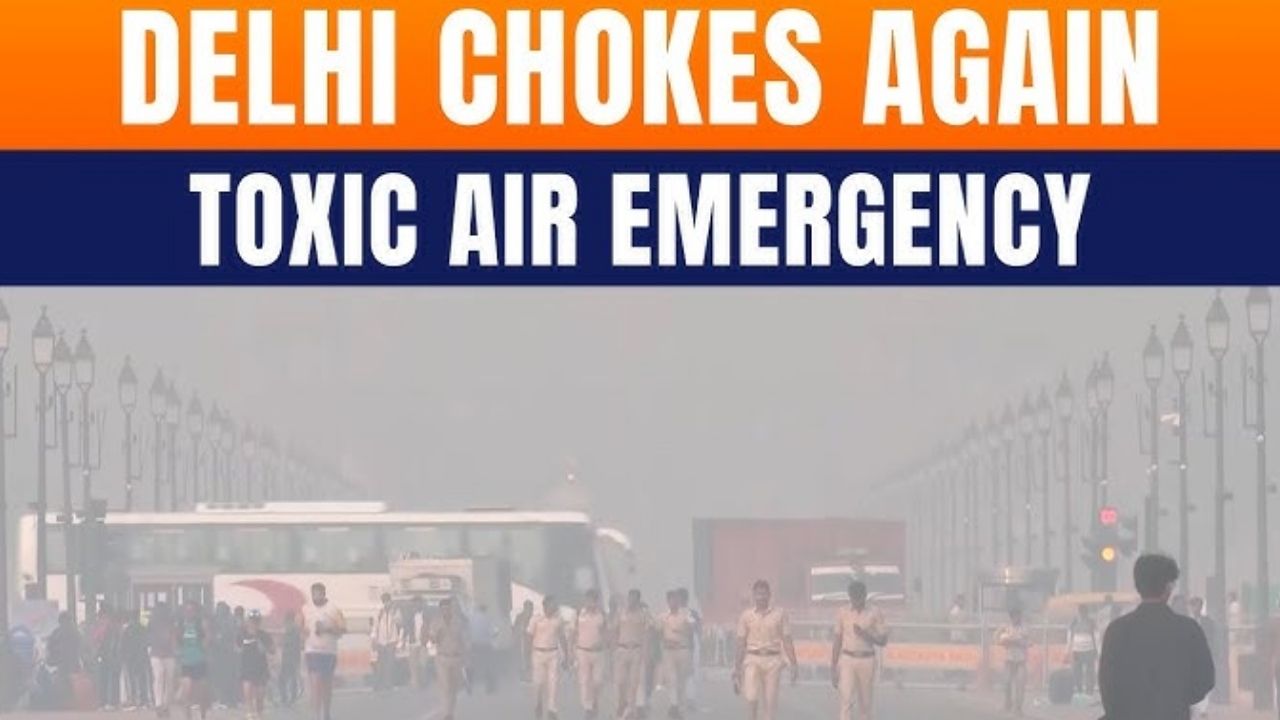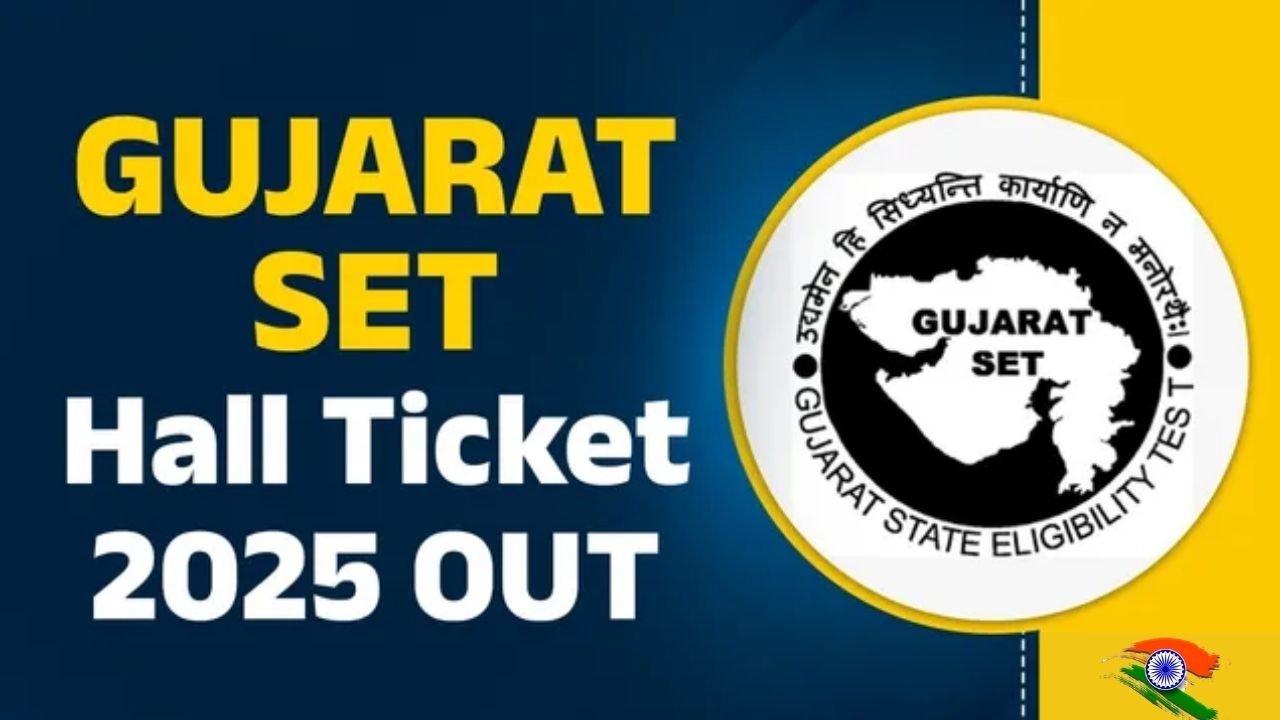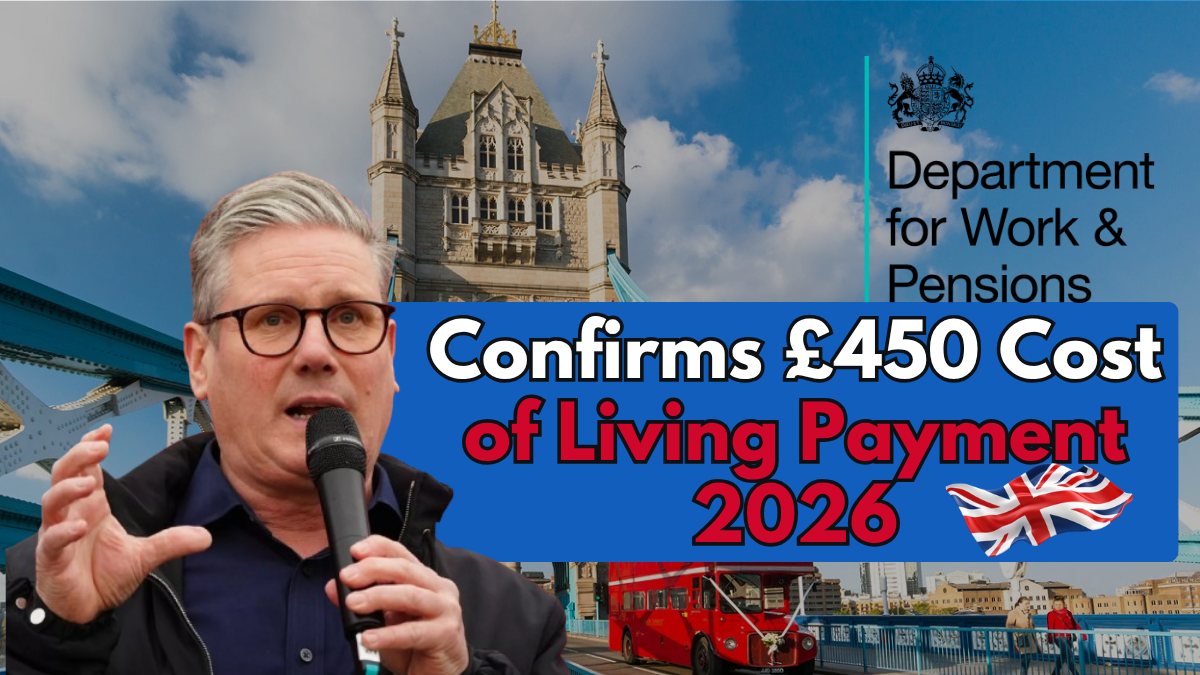Delhi NCR is once again struggling under a dangerous blanket of toxic air. A thick layer of smog has covered Delhi and its neighbouring cities, sharply reducing visibility and making breathing difficult for residents. According to the Central Pollution Control Board (CPCB), the average Air Quality Index has entered the severe range in several locations, forcing authorities to shut schools, ban most construction activities and restrict certain types of vehicles.
The situation is not limited to central Delhi. Noida, Gurugram, Greater Noida and some parts of Faridabad are also reporting very poor to severe air quality. Only a few pockets, such as parts of Dwarka and Faridabad, are showing relatively better readings, although even these are far from healthy.
In this article, you will find a clear summary of current AQI levels, official restrictions under GRAP Phase III, expert health warnings and practical steps you can take to protect yourself and your family.
How Bad Is The Air In Delhi NCR Right Now
The Air Quality Index provides a standard measure to understand how polluted the air is. Higher values indicate worse air quality and greater health risks.
Recent figures from monitoring stations across Delhi NCR show the following approximate readings:
- Noida: AQI around 402, which is in the severe category
- Greater Noida: AQI around 388, classified as very poor
- Delhi (overall average): AQI near 414, in the severe category
- Wazirpur (Delhi): AQI close to 458, among the worst in the region
- NSIT Dwarka: AQI around 216, poor but showing some improvement
- Gurugram: AQI roughly 355, in the very poor category
- Faridabad: AQI around 292, considered poor
Out of 39 official monitoring centres in Delhi, at least seven are reporting air quality in the very poor to severe category. The sky appears grey, the sun looks faint and even short walks can feel tiring.
Delhi NCR Pollution Emergency: Quick Summary
Key Point |
Details |
|---|---|
Main Issue |
Severe air pollution in Delhi NCR, AQI above 400 in many areas |
Worst Hit Areas |
Wazirpur, central parts of Delhi, Noida, Gurugram, Greater Noida |
AQI Status |
Delhi average around 414, Noida 402, Wazirpur close to 458 |
Action Taken |
GRAP Phase III enforced, construction banned, polluting industries curbed |
Schools |
Classes up to grade 5 moved to hybrid or online mode |
Key Authority |
Commission for Air Quality Management (CAQM), CPCB |
Main Causes |
Calm winds, low temperature, stable atmosphere trapping pollutants |
Health Risk |
Worsening of asthma, lung diseases and long term damage to immunity |
Official Pollution Information Site |
What Is GRAP And Why Has Phase III Been Imposed
To handle extreme pollution events, authorities use the Graded Response Action Plan, commonly known as GRAP. It provides a set of measures that are activated in stages as pollution rises from poor to severe and beyond.
Given the current conditions, the Commission for Air Quality Management has activated GRAP Phase III in Delhi. This level is reserved for severe air quality and triggers stronger restrictions intended to quickly reduce emissions.
Key Restrictions Under GRAP Phase III
- Ban on construction and demolition activities
- All non essential construction and demolition work is suspended.
- Only priority projects such as roads, railways, metro and airport related work are allowed to continue.
- Restrictions on diesel commercial vehicles
- Movement of many diesel powered medium and light commercial vehicles is temporarily prohibited in Delhi.
- The goal is to cut emissions from older, more polluting engines.
- Closure of polluting industries
- Industrial units operating on unapproved fuels are ordered to stop operations.
- Units that fail to comply face penalties and closure.
- School measures
- Schools up to grade 5 have shifted to hybrid or fully online modes in many areas.
- This is done to reduce exposure of young children, who are more sensitive to polluted air.
These steps are meant to provide short term relief while longer term solutions such as cleaner fuels, better public transport and strict emission norms continue to be implemented.
What Doctors Are Saying About Health Risks
Medical experts warn that such high levels of air pollution are not just a seasonal irritation but a serious health emergency.
Specialists highlight that:
- Continuous exposure to toxic air weakens the entire respiratory system.
- Polluted air can harm the immune system, making the body less able to fight infections.
- People with asthma, chronic obstructive pulmonary disease (COPD) and other lung problems see their symptoms worsen.
- Even healthy individuals may develop persistent cough, throat irritation, burning eyes and fatigue.
Doctors remind everyone that clean air is a basic right, not a luxury. When AQI crosses 400, people of all age groups, including the young and fit, can experience health effects, especially if they spend long hours outdoors.
Pollution And The Bigger Picture In India
The problem is not limited to Delhi. According to global assessments cited in recent reports, air pollution is responsible for a large number of premature deaths in India. Fine particulate matter, commonly referred to as PM 2.5, is particularly dangerous because it can penetrate deep into the lungs and even enter the bloodstream.
South Asia, including India, is now considered one of the most polluted regions in the world in terms of PM 2.5 levels. This means that millions of people are breathing unsafe air for a significant part of the year.
In 2023 alone, India recorded a very high number of pollution related deaths. These are not just numbers but real families losing loved ones to preventable causes. Episodes like the current Delhi smog show how urgent it is to improve air quality on a war footing.
Why The Smog Is So Persistent This Time
The CAQM has identified several weather related factors that are making the situation worse:
- Calm or slow winds: When wind speeds are low, pollutants from vehicles, industry, construction and biomass burning stay concentrated near the ground.
- Stable atmosphere: A stable layer of air prevents vertical mixing, so pollutants cannot disperse upward.
- Dropping temperatures: Cooler air near the surface acts like a lid, trapping pollutants and forming thick smog.
These weather conditions, combined with ongoing emissions, create a gas chamber effect where particulate matter and harmful gases keep circulating in the same region.
How You Can Protect Yourself And Your Family
While long term solutions depend on policy and enforcement, there are practical steps you can take right now to reduce your personal exposure.
Daily Protection Tips
- Limit outdoor activity at high pollution hours
Avoid going out early in the morning and late in the evening when smog tends to be thicker. If you must step out, keep your time outside as short as possible. - Wear a good quality mask
Use an N95 or similar mask that can filter fine particles. Cloth masks and basic surgical masks are not very effective against PM 2.5. - Improve indoor air quality
- If possible, use a certified air purifier in the rooms where you spend the most time.
- You may also add indoor plants such as snake plant and money plant. They do not replace purifiers but can slightly improve indoor freshness.
- Protect vulnerable groups
Keep children, elderly family members and people with heart or lung conditions indoors as much as you can. If they need to go out for medical visits, try to avoid peak pollution times. - Stay hydrated and eat well
Drink plenty of water to help your body flush out toxins. Include foods rich in vitamin C, antioxidants and healthy fats to support your immune system. Citrus fruits, amla, leafy vegetables and nuts are good options.
If you experience symptoms like difficulty in breathing, chest pain, tightness in the chest or severe coughing, contact a doctor promptly.
Frequently Asked Questions (FAQs)
1. What AQI level is considered severe in Delhi NCR?
An AQI above 400 is considered severe. At this level, even healthy people can experience health effects, and people with existing heart or lung conditions are at a high risk of serious problems.
2. Why have construction and demolition activities been banned?
Under GRAP Phase III, most construction and demolition activities are banned because they generate large amounts of dust and particulate pollution. Only essential public projects such as roads, railways and airports are allowed to continue.
3. Are schools fully closed in Delhi NCR?
In many areas, schools up to grade 5 have been asked to move to hybrid or fully online classes. This measure aims to protect young children, whose lungs are still developing and are more vulnerable to polluted air.
4. How do slow winds make pollution worse?
Slow or calm winds mean that pollutants released from vehicles, factories and other sources stay in one place instead of being carried away. Combined with low temperatures and a stable atmosphere, this traps pollution close to the ground and forms thick smog.
5. Where can I check official air quality data for my area?
You can check official and updated air quality information on the Central Pollution Control Board website:
https://cpcb.nic.in
Many state pollution control boards and mobile apps also display real time AQI data for specific locations in Delhi NCR and across India.
For More Information Click HERE







